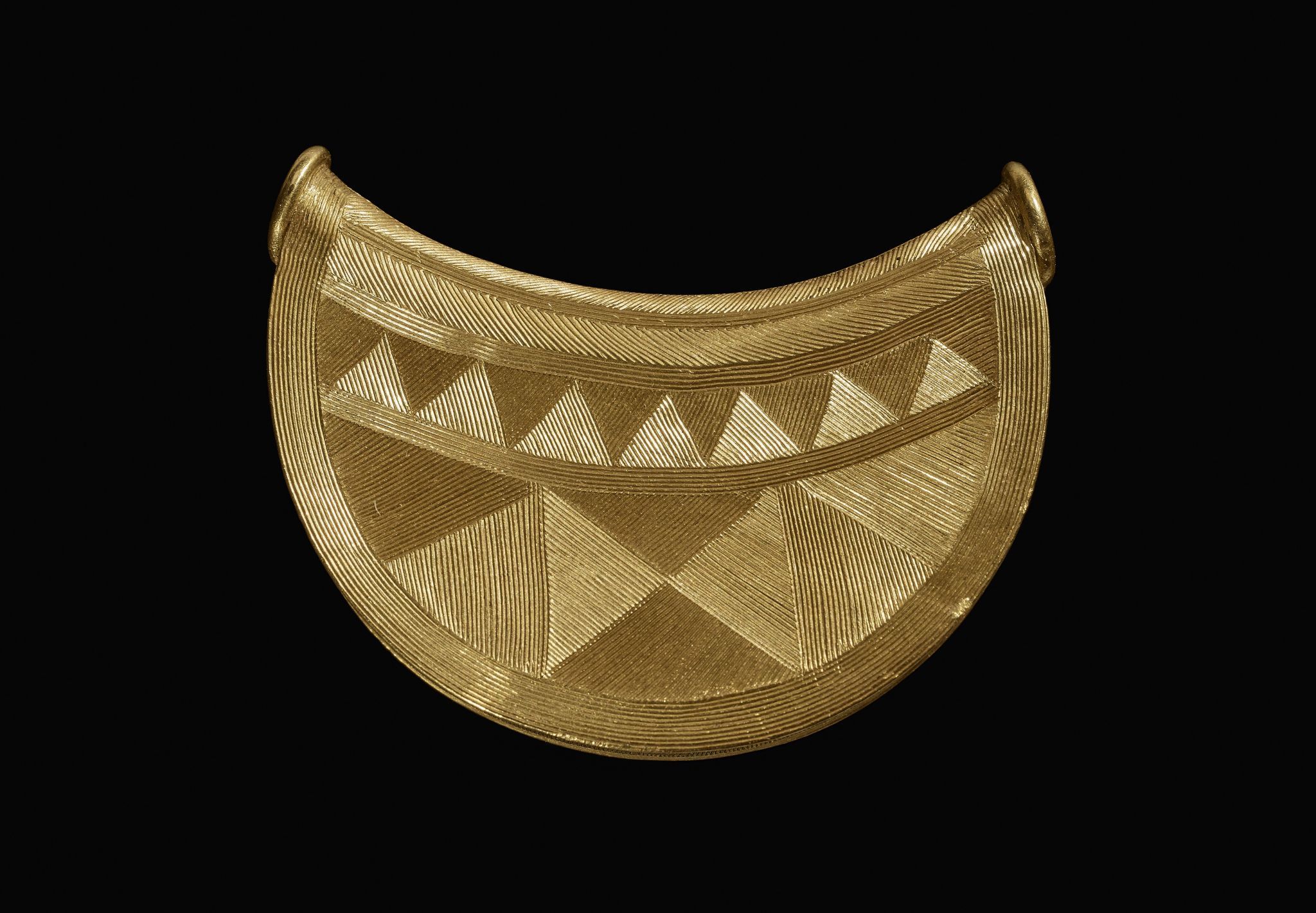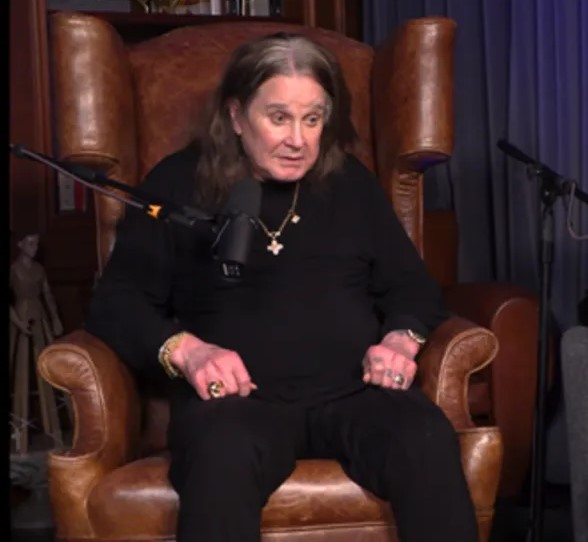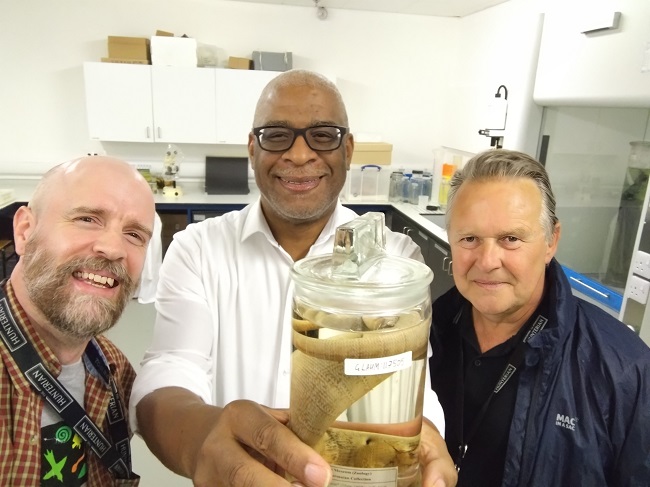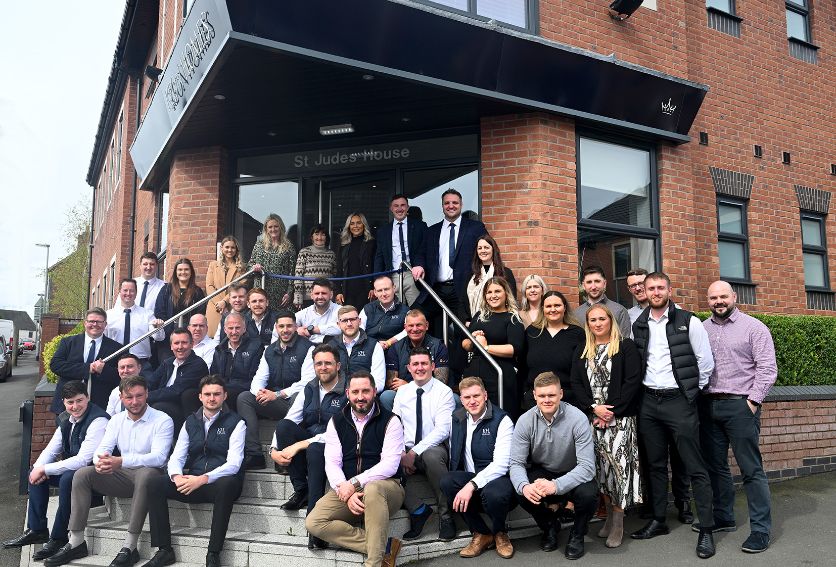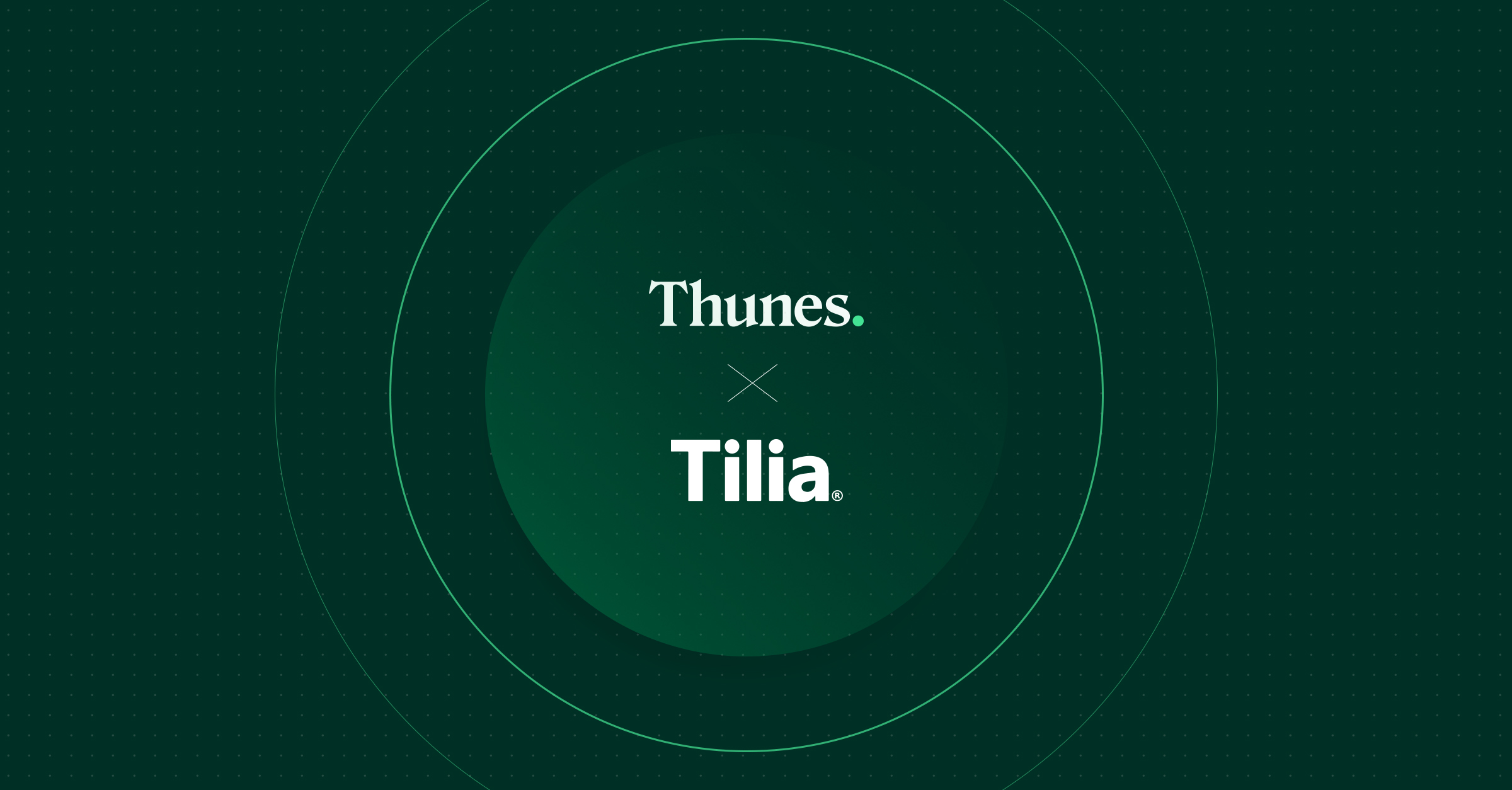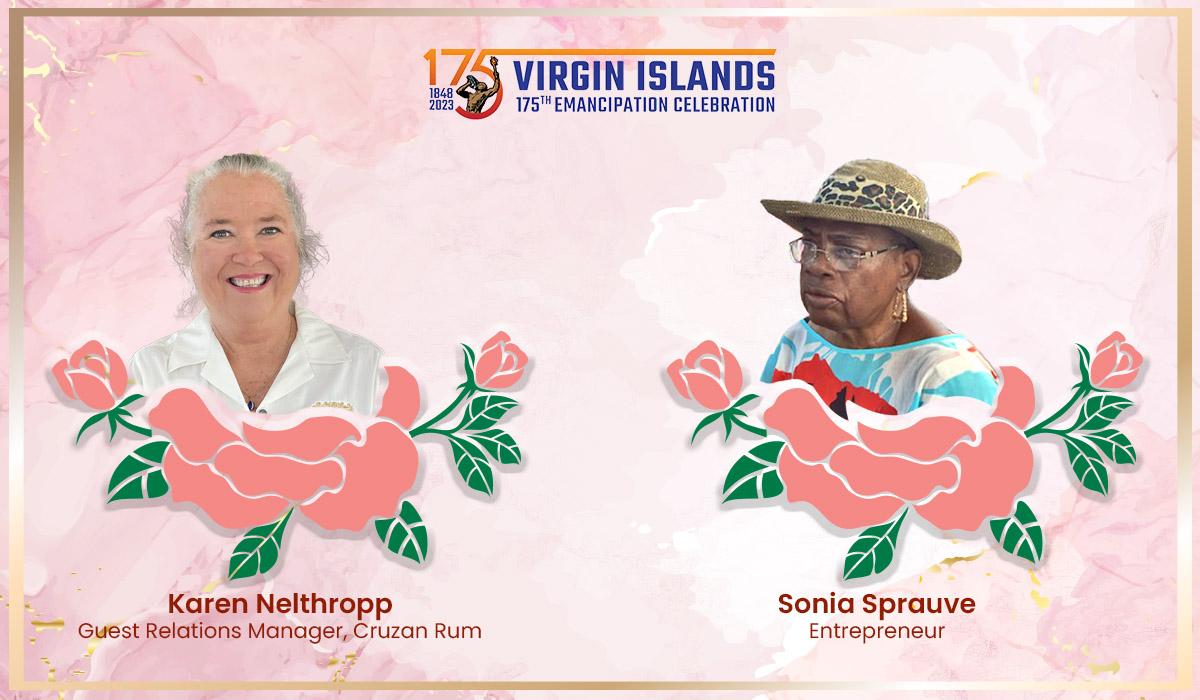The British Museum today announces plans to develop an exciting new Partnership Gallery at Shrewsbury Museum & Art Gallery (SM&AG), part of Shropshire Museums, focusing on the national and international significance of Bronze Age Shropshire.
Ambitious in scope, this partnership will create the UK’s first pre-Roman British Museum Partnership Gallery with fantastic highlights dating from the period in Bronze Age Britain between 4,500 and 2,600 years ago.
By immersing visitors in the rich and varied deep history of the wetlands of Shropshire Marches, the new Partnership Gallery will follow the British Museum Spotlight Loan Gathering light: a Bronze Age golden sun, which is on display at Shrewsbury Museum (until 12 December 2021. Both the Spotlight Loan and Partnership Gallery are initiatives as part of the British Museum’s National Programmes to work with partners and share its collection with the widest possible audience around the UK.
The Partnership Gallery, planned to open in 2024, will focus on redeveloping Shrewsbury Museum’s Bronze Age displays to present a dedicated and dynamic narrative of local life from the Ice Age to the Romans. It will utilise long-term loans from the British Museum, as well as displaying more of SM&AG’s collection through a redistribution of gallery space in the museum’s stunning Victorian Music Hall.
Key objects will include three superbly well-preserved woolly mammoth skeletons, which made headlines when discovered in a gravel pit near Condover, Shropshire in 1986. Dating from the end of the last Ice Age, these remains including an adult and three juveniles, are 12,800 years old. They are the most complete mammoth bones known from northwest Europe and changed opinions about when mammoths became extinct in this region.
Redevelopment will allow the display of more of Shrewsbury Museum’s nationally significant geology and archaeology collections, much of which is currently in storage. The collection comprises over 1,000 prehistoric objects, including important finds such as the 10,000-year-old barbed spear point from Porth-Y-Waen, Oswestry. The spear point is made from antler by hunters who pre-date the first farmers in the region.
High status Iron Age items such as the intricate Telford Torc and the Claverley Stater Hoard, an assortment of North Eastern and Western gold coins rarely found together and dating to about 2,000 years ago will be displayed, as well as copper, bronze and gold tools, weapons and ornaments from as far back as 4,500 years ago. Mysterious spoons dating from the Iron Age and found in Nesscliffe will also form part of the Gallery.
Only 23 other known examples survive from the Iron Age. The spoons appear unsuitable for eating with stubby handles and shallow bowls, suggesting the possibility of occult practices such as divination. These archaeological finds recorded by the British Museum’s Portable Antiquities Scheme (PAS) throughout Shropshire reveal evidence of the way of life and possible ideas about afterlife.
This partnership recognises the internationally significant historic landscape of Shropshire, highlighting its growing research potential and showing communities from 8,000 years ago in the Shropshire landscape were well connected across Britain, Ireland and western Europe. The Gallery will mark the innovations of farming and metal working brought in by migrants from this time to the Roman period.
The quality of the collections reflects the diverse geology of Shropshire and signals its national importance. The remarkable objects in the new gallery will introduce the Shropshire landscape as an important location for ceremonial activity over 3,000 years ago, with precious objects likely deposited into water as religious offerings.
Cecilia Motley, Shropshire Council’s Portfolio Holder for Communities, Place, Tourism and Transport, said, “The Shropshire sun pendant is truly an incredible find and one of huge importance. We are delighted that this 3,000-year-old object will go on show to the public for the first time at Shrewsbury Museum & Art Gallery and that it has sparked the Partnership Gallery intentions with the British Museum. We are delighted to be working in partnership and I look forward to what I’m sure will be a very popular attraction.”
Head of National Programmes at the British Museum Maria Bojanowska, said, “As part of the partnership, British Museum experts will provide curatorial advice on the redisplay, with skills-sharing and learning opportunities for both organisations. Shrewsbury Museum & Art Gallery will also have access to the Museum’s extensive collection of Bronze Age objects for long-term loans to complement the incredible objects on display.”
Jill Cook, Keeper, Department of Britain, Europe & Prehistory, said, “It is fantastic to have the opportunity to work with colleagues at Shrewsbury Museum & Art Gallery to create an innovative new gallery dedicated to the pre-Roman past of the Shropshire region. Being able to work with Shrewsbury and British Museum collections, data from the Portable Antiquities Scheme (PAS) and forensic evidence from recent excavations, it will be possible to explore the changing landscape, ecology and inhabitants over a period of some 10,000 years.
Starting from the end of the last Ice Age when woolly mammoths still roamed, this era encompassed big changes, including the introduction of farming about 8,000 years ago to the magic of metalworking 4,500 years ago. The Partnership Gallery will use Shropshire as the theatre in which the artefacts of human, cultural and ecological dramas will take the stage to show the rich and lively history of a region that flourished through its own natural resources and connections with Ireland, Britain and continental Europe.”
Manager at Shropshire Museums & Archives, Fay Bailey, said, “Establishing a partnership with the British Museum represents a significant moment, not only for Shropshire Museums but for the county of Shropshire. We are delighted to have the opportunity to work with the team at the British Museum and look forward to the development of an inspirational and inclusive display which deepens our collective understanding of this fascinating period of history. We are grateful for the support of the British Museum Trust and Arts Council England as we begin the first phase of our partnership.”
Ongoing research funded by the British Museum with fieldwork in Shropshire hopes to shed light on the period when our ancestors first began to use metal. Carried out in collaboration with Shrewsbury Museum, Trent-Peak Archaeology and University College Cork, this research has the potential to highlight the religious and cultural importance of watery locales during this period, which will help inform the development of the Partnership Gallery.
The Partnership Gallery will highlight how the elements of water, sun, and sky were key to the cosmological beliefs of societies at this time from communities in Britain, Ireland and north-west Europe. Ultimately, the Partnership Gallery will present fascinating objects in the context of the dynamic historical landscape of Shropshire, exploring the ways in which past communities experienced and changed the natural world.




